Here’s my family’s cultured dairy routine, including how much raw milk we buy, and what we do with it (from making yogurt and kefir to butter and sour cream) so nothing goes to waste!
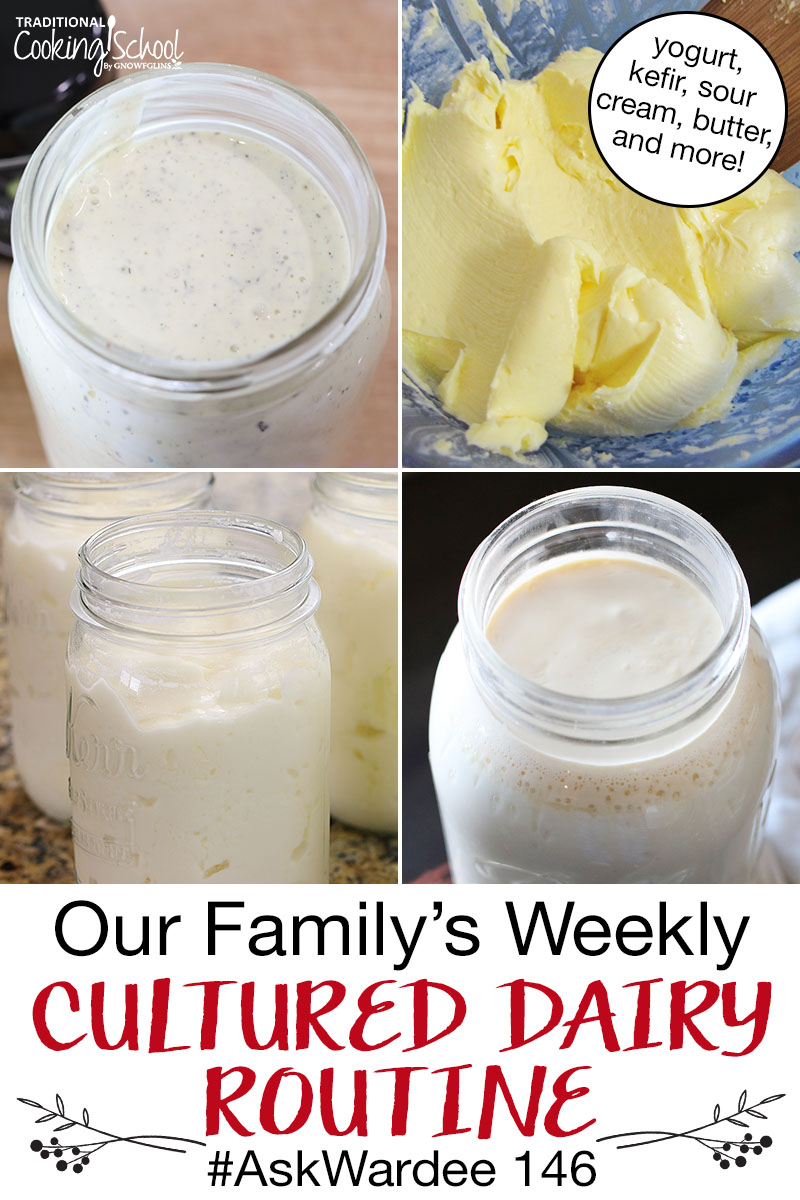
Want to know how much milk you should buy weekly so you have enough for yogurt, kefir, cheese, sour cream, and all your family’s dairy and cultured dairy needs?
I’m sharing our family’s routine on today’s #AskWardee! Keep reading or watching below to learn more!
Subscribe to #AskWardee on iTunes, Stitcher, YouTube, or the Podcasts app.
The Question: What’s Your Weekly Cultured Dairy Routine?
Kylie G. asked:
I have a request to learn more about all the ways you use dairy when culturing. What would a day-by-day schedule look like after you pick up a fresh batch of raw milk? i.e. ferment 2 quarts for whey, have 1 cup of sour cream from that, store 1/2 cup of that sour cream and use other 1/2 cup for ranch dressing. Skim raw cream from another gallon and the rest is simply for drinking/baking! Another gallon would be used to make butter and 1 cup of buttermilk is produced. Get my drift? 🙂 I’m trying to understand how to produce as much variety as I can with as little waste! And trying to figure out a stream-lined timeline aka “week in the life of…” 🙂 Thank you so much for all you do to help us live the life God intended! —Kylie G.
Kylie, thank you for your question!
Because we’re featuring your question today’s #AskWardee, you’re getting a gift — a FREE eBook and Video Package! Our team will be in contact with you so you can choose which one you’d like!
Where We Buy Our Raw Milk
We buy from Provider Farms out of Mountain Home, Idaho. They do weekly drop-offs throughout the Treasure Valley (Boise area).
Provider Farms offer both whole and skimmed milk, as well as cream. They offer ready-made foods such as butter, ghee, and yogurt, although I don’t buy those because we make our own.
They also have eggs, chicken, beef, and pork (all pastured and/or grass-fed).
We love their food and their family! 🙂
How Much Raw Milk We Buy Each Week
We buy 4 to 6 gallons of raw milk weekly.
The amount we buy fluctuates depending on what our family is consuming, and also depending on what the farm has available. I have to say they are really good at keeping up with our usage, though, and only rarely can we not get the amount we need… even up to 8 gallons sometimes (if I want to make cheese or extra of something).
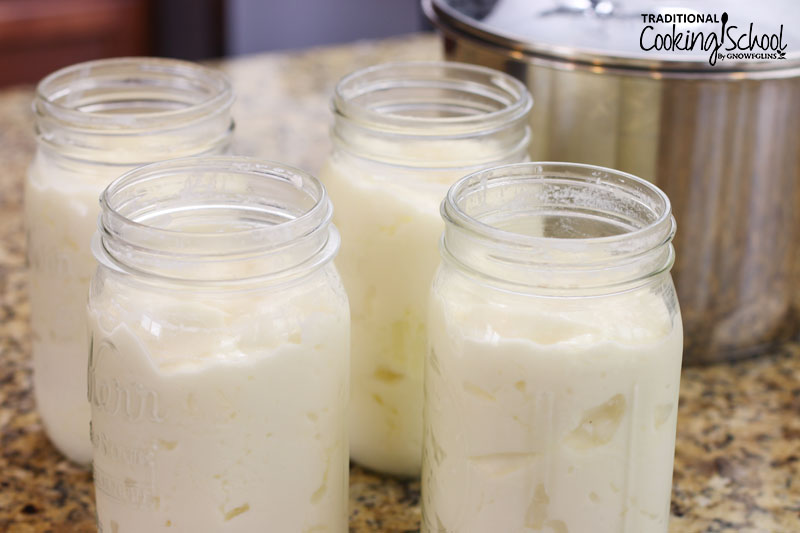
What We Do With The Milk Each Week (Our Family’s Cultured Dairy Routine)
I believe that cheese, yogurt, kefir, and anything cultured turns out tasting better if the milk is very fresh, so I prioritize doing most of my culturing within a few days of milk pickup (even if we’re not going to eat it right away).
At a minimum, here’s what I we use/make each week:
- 2 batches of Instant Pot raw milk yogurt* (8 quarts in each batch… total of 4 gallons for the week)
- 3 to 4 quarts of kefir
- a quart or so for drinking (we drink very little milk as is)
- cultured butter from the “soured” cream that rises to the top of the yogurt or kefir — I collect this with each batch and when I have 1/2 to 1 gallon collected, I make butter
*I use skimmed milk for the yogurt because that means we end up with more of the actual yogurt and less of the soured cream. This supplies enough soured cream to make butter for our family’s needs. Or, if I want to make “sweet cream” butter, I buy extra cream or I buy whole milk and skim the cream off just for butter (using the milk for yogurt).
When I want to make cheese (every 2 or 3 weeks), I get an additional two gallons of whole milk. (And use that whey for fermenting.)
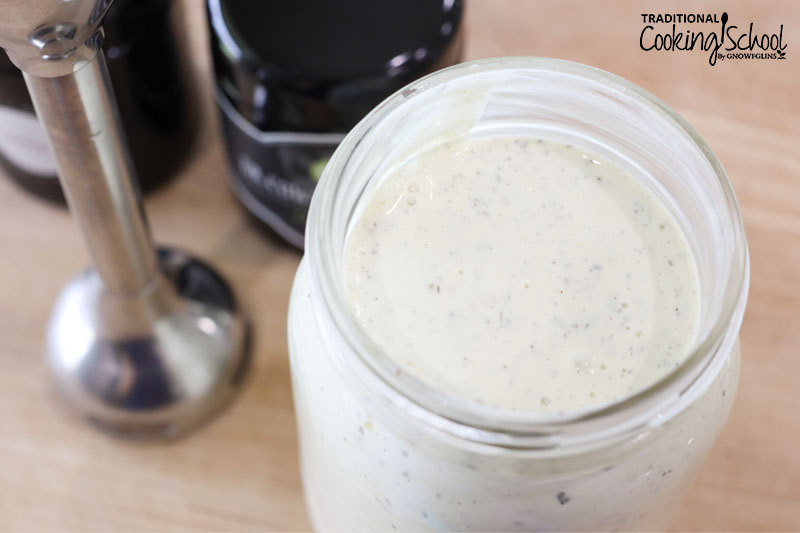
If I wanted to make sour cream (to use on its own or for our amazing homemade ranch dressing), I would make sure that some of the milk was whole so that we have plenty of sweet cream to culture. (Or I can use some of the soured cream off yogurt/kefir!)
And that’s it!
By The Way…
If you’re interested in learning how to make thick yogurt while preserving the benefits of raw milk — instead of pasteurizing it like many yogurt recipes do — check out my FREE thick raw milk yogurt recipe. You can make it in your Instant Pot, dehydrator, or a cooler… Enjoy!
Any Questions Or Comments?
If you have other questions or comments about your own experience with a weekly cultured dairy routine, be sure to leave them in the comments!
Helpful Links
- FREE Thick Raw Milk Yogurt Recipe (dehydrator or cooler)
- Instant Pot Raw Milk Yogurt Recipe
- Where To Buy Raw Milk
- Choosing The Best Milk
- Easy Sour Cream Recipe (free video!)
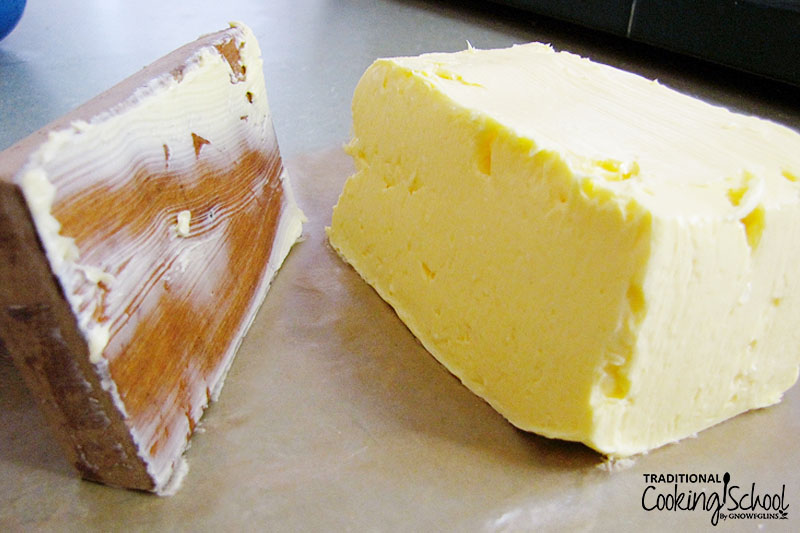
- How To Make Cultured Butter
- How To Make Kefir
- Amazing Homemade Ranch Dressing
- Provider Farms, raw milk and more out of Mountain Home, Idaho and weekly pick-up locations throughout the Treasure Valley (Boise area)
- Cultured Dairy eBook/eCourse
Share your family’s weekly cultured dairy routine in the comments!
...without giving up the foods you love or spending all day in the kitchen!

2 free books:
Eat God's Way
Ditch the Standard American Diet, get healthier & happier, and save money on groceries...
We only recommend products and services we wholeheartedly endorse. This post may contain special links through which we earn a small commission if you make a purchase (though your price is the same).



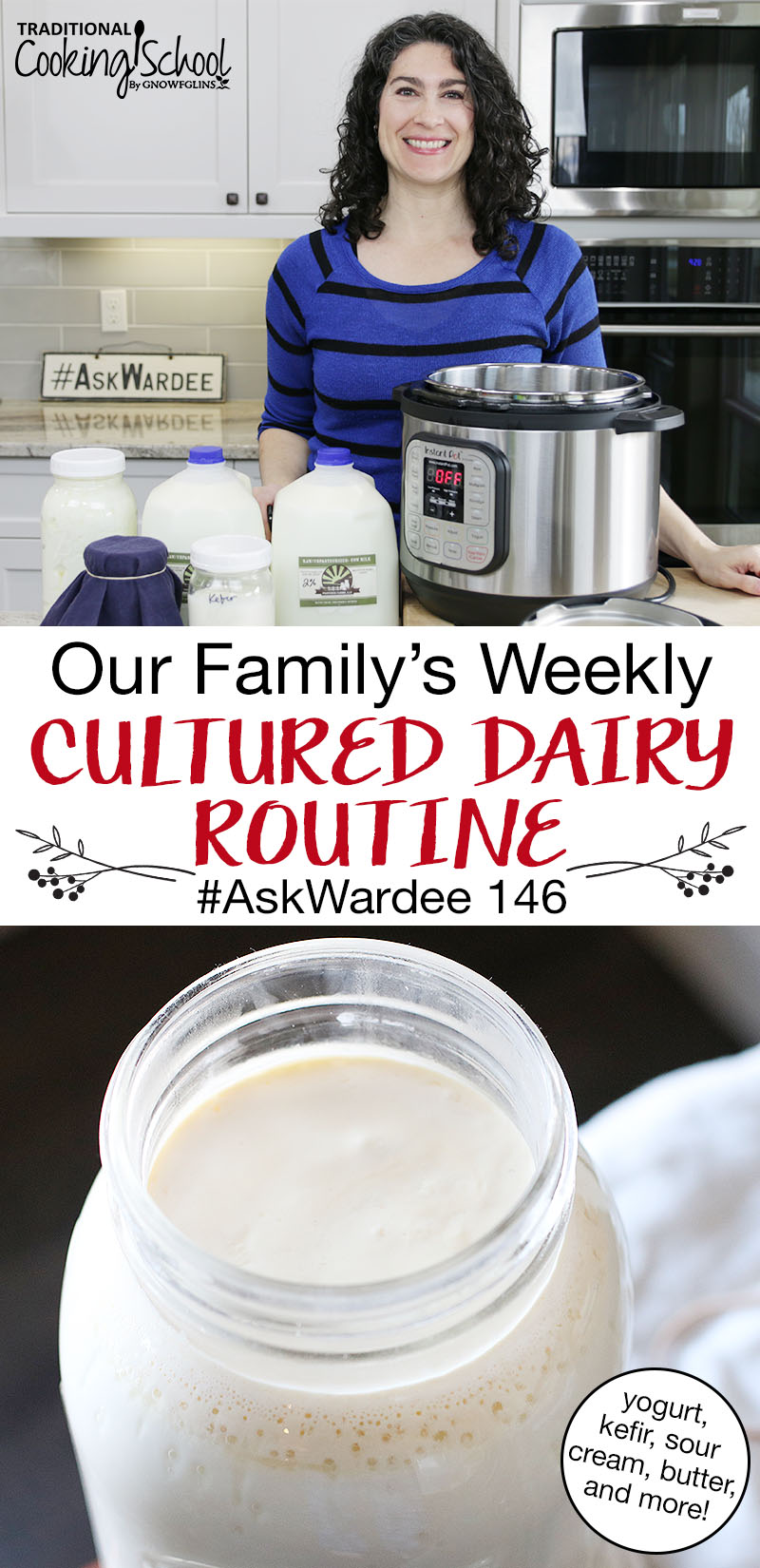
We get 5 gallons of raw milk from a dairy farm about every other week. When I bring it home I allow the cream to rise and then skim the cream of some of it to make butter. I then use just a half gallon to make instant pot yogurt. My family isn’t quite on board yet so I’m the only one eating it. I then set out a quart to make cream cheese and whey. I’ve used the whey for ketchup and lemonade. I love all the benefits of raw milk and the variety of things you can make. I haven’t started kefir yet but it’s on my list to start. Thanks!
So the yogurt that you make with the milk is for drinking or eating? Thanks. I am able to get pasteurized, non-homogenized jersey milk and it’s delicious but very sweet so I wanted to ferment it a bit, but still drink it.
Hi, Emma! Wardee does make thicker yogurt for eating, but you could definitely opt to make a thinner, drinkable yogurt — or kefir — with the milk you are able to get. —Sonya, TCS Customer Success Team
How big is the family? In Ukraine, we can buy all these finished raw products very easily at the weekly market, but moving back to Michigan, I will need to learn to do it myself. Right now it’s just me and my husband, but we are considering introducing this way of eating to my sister, mother, and neice.
Hi, Kim.
Wardee’s household is a familly of 4 but they do have frequent visitors. 🙂
~Danielle, TCS Customer Success Team
At the moment, I do not have access to raw milk, just store bought pasteurized. How would I adapt these to make say, the butter and the cheese? Thanks!
Hi, Beth Ann:
You would need to add a culture to the pasteurized milk to make the butter and cheese. Here’s a link to a post where Wardee mentions a culture you can use for the butter: https://traditionalcookingschool.com/fermenting-and-culturing/cultured-butter/ Depending on the kind of cheese you’d like to make, you can purchase a specific culture for that, as well. (Look for Cultures for Health and Homestead Supply on our Recommended Resources page.) —Sonya, TCS Customer Success Team
What do you use the remaining “milk” for once you have strained your butter? Can it be used in place of buttermilk in recipes?
Hi, Jenny,
Yes this is considered buttermilk and can be used in place of buttermilk recipes. Here are some other additional resources for you: https://traditionalcookingschool.com/?s=buttermilk
~Peggy, TCS Customer Success Team
I have access to raw milk and then a cream separator. I wanted to take my milk and separate the cream (which I can adjust for thickness of cream I remove from the milk). After I get the skimmed milk from the separating process, can I then use that to make yogurt, kefir, cream cheese etc??? I like to make butter the most which I why I like to separate the cream but then want to be able to use the left over skimmed milk for other things besides drinking. I would love some advice or suggestions. Thank you!!
Hi, Lisa,
You can use it to make yogurt and kefir but you need heavy cream to make cream cheese. I would follow the recipe directions. some call for heavy cream and some call for milk.
~Peggy, TCS Customer Success Team